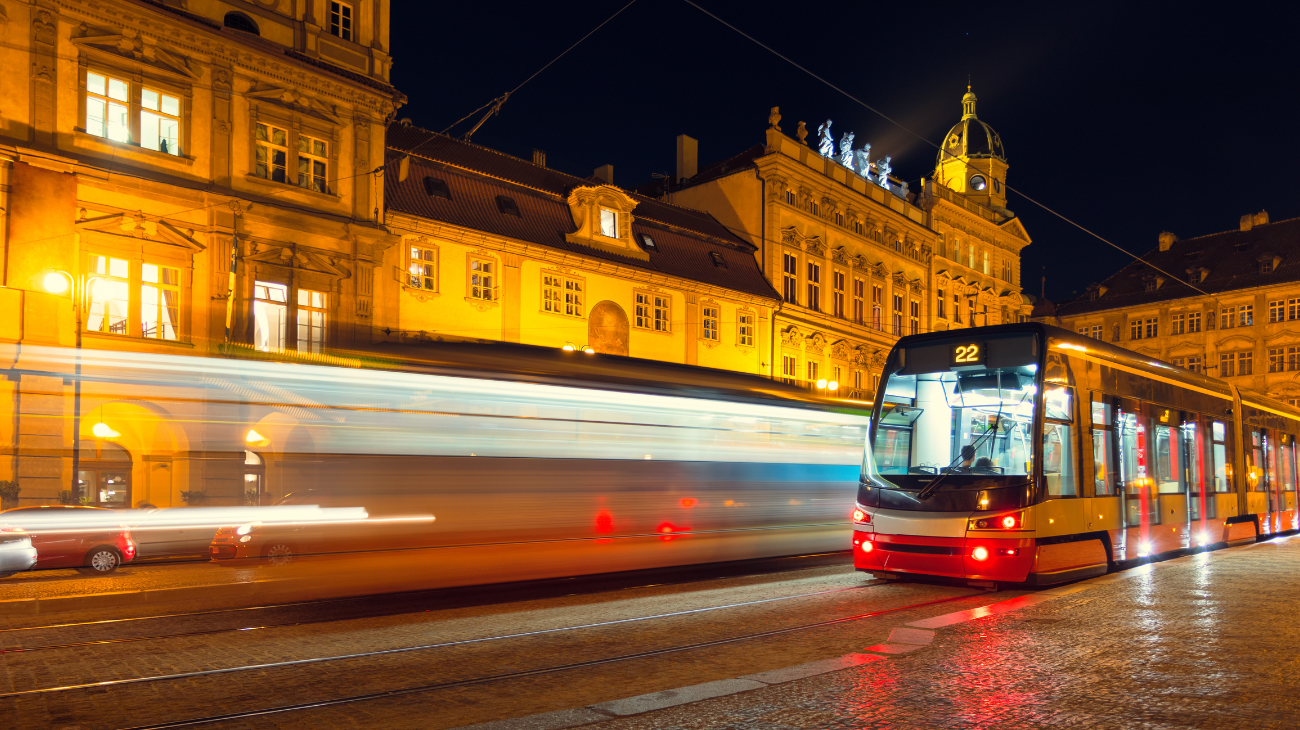These days we talk about demographic winter: how much does Italy’s ageing population weigh on electric mobility and changing habits? And the cost of the electric car?
Electric mobility
It is glaringly obvious how complicated it is to change a habit, such as electric mobility, we are still animals. And there would be nothing wrong with that, if we did not cause damage to the ecosystem.
The change becomes even more difficult if we look at theage aspect. Without lumping everything together, the ageing of the Italian population is not a factor that plays in our favour in the energy transition.
The decreasing mobility of the elderly and small journeys increasingly lead to the use of the car. The choice of public transport, also due to the lack of investment in it, is being put on the back burner. And it will be even more so between now and 2030, when demand will drop even further due to fewer young schoolchildren.
Also slowing down the process is the price of theelectric car, which is about half the price in China compared to Europe: EUR 31,000 compared to EUR 67,000.
In China, the cheapest electric car costs 8% less than the cheapest thermal car.
Why? Tax concessions from the government, availability of raw materials at zero kilometres, no duties and low labour costs.
But how many cars are there?
We have reached 40 million cars!
Of the total 66%, only 4% are electric cars, so about 1 in 25. Despite this, the number of charging points has increased to around 36,000, almost doubling by 2021.
Slow and steady wins the race.
In the absence of energy alternatives, those who go electric also go healthy and go far.
Of course, at the moment it is also in ruins or almost in ruins.
How much does distance weigh in mobility?
75-80% of the trips are within the 10 km limit, although they only account for 30% of the demand calculated on the basis of kilometres travelled.
Therefore, it is indeed important to implement policies for short-haul mobility, bearing in mind, however, that journeys over 10 km account for the remaining 70% of the total.
Intermodality is a key factor to focus on, with particular attention to the simplification of tariff plans for the LPT sector.
An example of this is the partnership between Italo and Itabus, which will increase daily intermodal travel to thirty, serving popular tourist destinations such as Matera.
Play for the planet!
